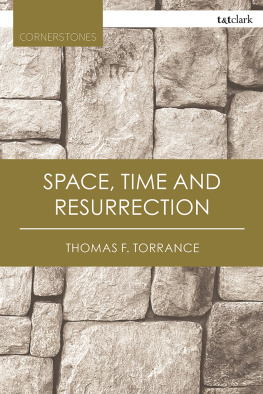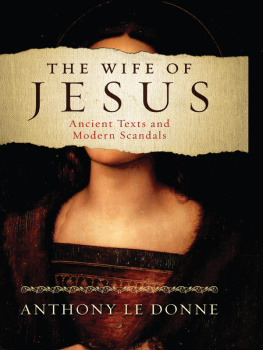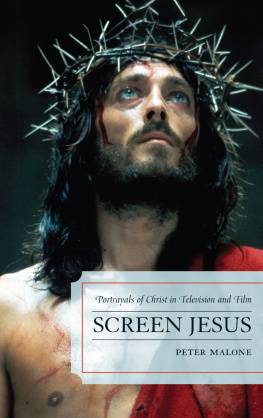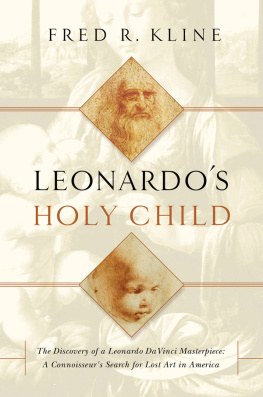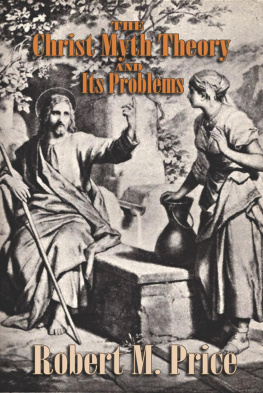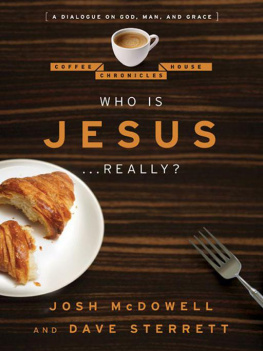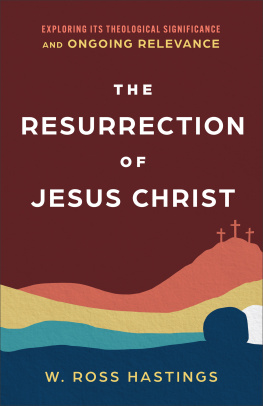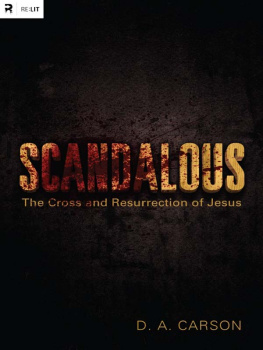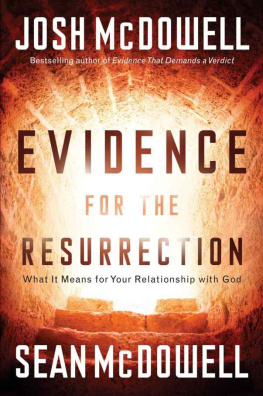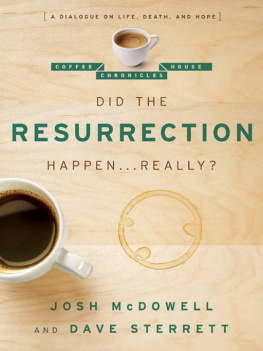Space, Time
and
Resurrection
Other Titles in the Cornerstones Series
The Israelite Woman by Athalya Brenner-Idan
In Search of 'Ancient Israel' by Philip R. Davies
Neither Jew nor Greek by Judith Lieu
Sanctify Them in the Truth by Stanley Hauerwas
Solidarity and Difference by David G. Horrell
One God, One Lord by Larry Hurtado
Ancient Israel by Niels Peter Lemche
Jesus: Miriam's Child, Sophia's Prophet by Elisabeth Schssler-Fiorenza
The Pentateuch: A Social and Critical Commentary by John Van Seters
Confessing God by John Webster
Paul and the Hermeneutics of Faith by Francis Watson
Fragmented Women by J. Cheryl Exum
The Christian Doctrine of God by Friedrich Schleiermacher

T&T CLARK
Bloomsbury Publishing Plc
50 Bedford Square, London, WC1B 3DP UK
1385 Broadway, New York, NY 10018, USA
BLOOMSBURY T&T CLARK and the T&T Clark logo are trademarks of Bloomsbury Publishing Plc
First published in Great Britain by the Handsel Press 1976
Paperback edition published by T&T Clark 1998
This Cornerstones edition published 2019
Copyright Thomas F.Torrance, 1976, 1998
Introduction copyright Paul D. Molnar, 2019
Thomas F.Torrance has asserted his right under the Copyright, Designs and Patents Act, 1988, to be identified as author of this work.
Series design by Catherine Wood
Cover image Eky Studio/Shutterstock
All rights reserved. No part of this publication may be reproduced or transmitted in any form or by any means, electronic or mechanical, including photocopying, recording, or any information storage or retrieval system, without prior permission in writing from the publishers.
Bloomsbury Publishing Plc does not have any control over, or responsibility for, any third-party websites referred to or in this book. All internet addresses given in this book were correct at the time of going to press. The author and publisher regret any inconvenience caused if addresses have changed or sites have ceased to exist, but can accept no responsibility for any such changes.
A catalogue record for this book is available from the British Library.
A catalog record for this book is available from the Library of Congress.
ISBN: PB: 978-0-5676-8217-8
ePDF: 978-0-5676-8219-2
eBook: 978-0-5676-8220-8
Series: T&T Clark Cornerstones
To find out more about our authors and books visit www.bloomsbury.com and sign up for our newsletters.
To
The Very Rev. Professor James S. Stewart
'If Christ is not risen then our preaching is empty and your
faith is vain. We are even found to be misrepresenting God.'
(1 Cor. 15:14-15)
CONTENTS
Paul D. Molnar

The last time I saw Karl Barth was at his home in Basel at the end of the summer of 1968. I had not talked with him for ten years and was eager to put a number of questions to him, mostly bearing on the interrelation between theological and natural science, and the relation of his thought to the philosophy and logic of science taught by his old friend and former colleague Heinrich Scholz. Among other things, we discussed the problem of dualism in science and theology with reference to Luther, Newton and Kant, and the implication of the rejection of dualism for the problem of natural theology which had always seemed to come to prominence in an era characterized by a dualist outlook upon the universe, for example, in the middle ages or in the so-called age of reason. I was anxious to get Karl Barth's reaction to the way in which I explained to a Thomist or a physicist his attitude to natural theology by referring to Einstein's account of the relation of geometry to experience, or to physics. I put it this way. With relativity theory Einstein rejected the Newtonian dualism between absolute mathematical space and time and bodies in motion. He argued, therefore, that instead of idealizing geometry by detaching it from experience, and making it an independent conceptual system which was then used as a rigid framework within which physical knowledge is to be pursued and organized, geometry must be brought into the midst of physics where it changes and becomes a kind of natural science (four-dimensional geometry) indissolubly united to physics. Instead of being swallowed up by physics and disappearing, however, geometry becomes the epistemological structure in the heart of physics, although it is incomplete without physics. It is in a similar way, I argued, that Karl Barth treats natural theology when he rejects its status as a praeambula fidei, that is, as a preamble of faith, or an independent conceptual system antecedent to actual knowledge of God, which is then used as an epistemological framework within which to interpret and formulate actual empirical knowledge of God, thereby subordinating it to distorting forms of thought. To set aside an independent natural theology in that way is demanded by rigorous scientific method, according to which we must allow all our presuppositions and every preconceived framework to be called in question by what is actually disclosed in the process of inquiry. However, instead of rejecting natural theology tout court, Barth has transposed it into the material content of theology where in a changed form it constitutes the epistemological structure of our knowledge of God. As such, however, it cannot stand on its own as an independent logical structure detached from the actual subject matter of our knowledge of God, although it is open to philosophical analysis. I referred to Barth's reinterpretation of the Anselmian method worked out with Heinrich Scholz in the summer seminar of 1930 in Bonn, and to the way in which Barth then deployed and developed that epistemological structure in his doctrine of God, especially in Church Dogmatics, I/I and II/I, where a replacing of a dualist with an integrative mode of thought enabled him to reject the Thomist split in the concept of God evident in the separation of a doctrine of the One God from a doctrine of the Triune God. Karl Barth expressed full agreement with my interpretation of his thought, and said, rather characteristically, of the relation of geometry to physics, 'I must have been a blind hen not to have seen that analogy before'.
We went on to talk about his relations with Heinrich Scholz and the question of 'the scientific starting point' in theology which Scholz had early put to Barth, to which Barth had answered that the starting point he had adopted was the resurrection of Christ. The reason for that answer Barth had often given: it was from the perspective of the resurrection that the whole of the New Testament presentation of Christ is shaped, and it is still from the event of the resurrection that Jesus Christ and his being and action in his life and death penetrate to us, 'thus becoming truth in their reality, and as truth reality for the world' (Church Dogmatics, IV/3, p. 284). Then I ventured to say that unless that starting point was closely bound up with the incarnation, it might be only too easy, judging from many of our contemporaries and even some of his former students, to think of the resurrection after all in a rather docetic way, lacking concrete ontological reality. But at that remark, Barth leaned over to me and said with considerable force, which I shall never forget,

